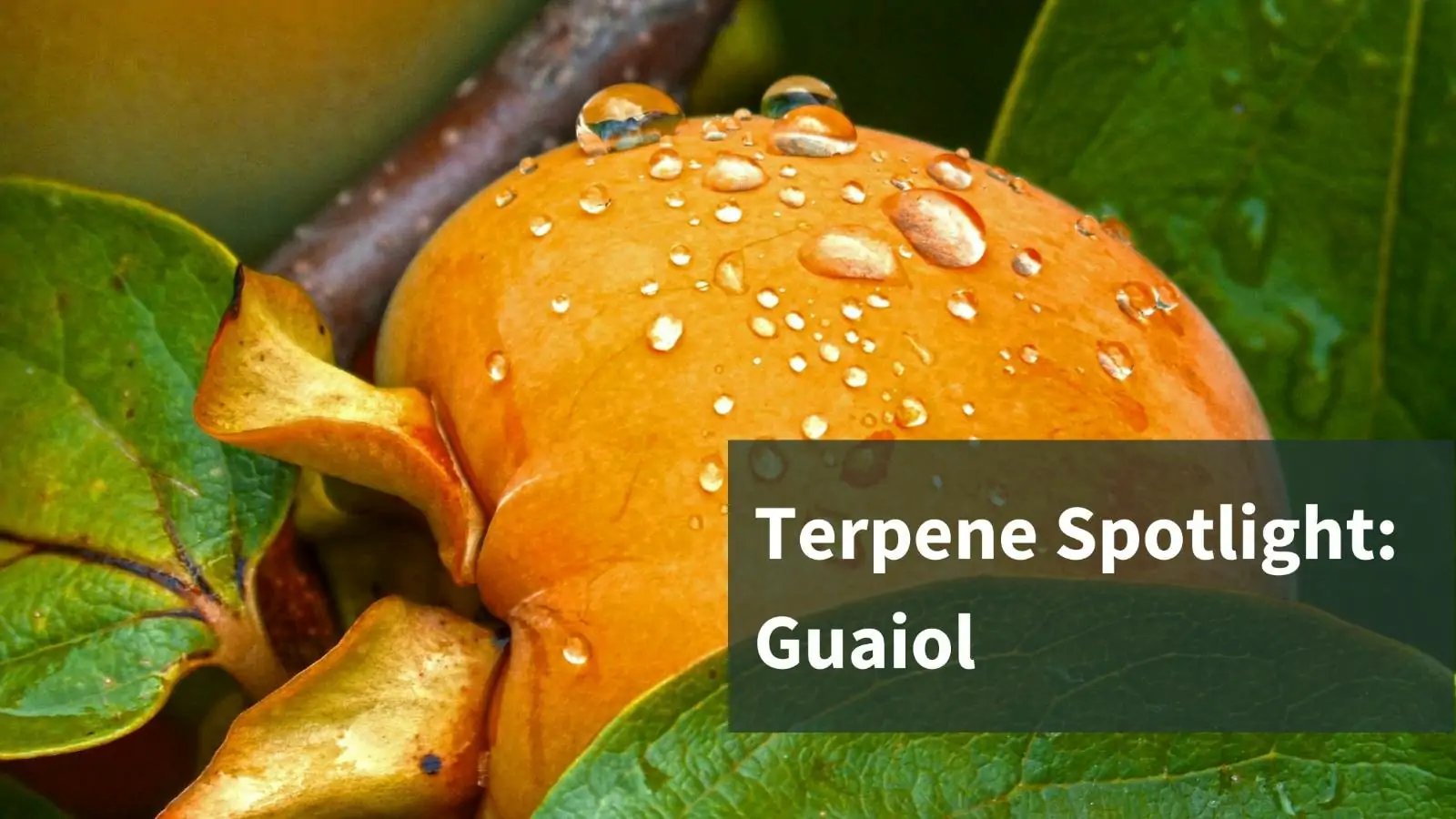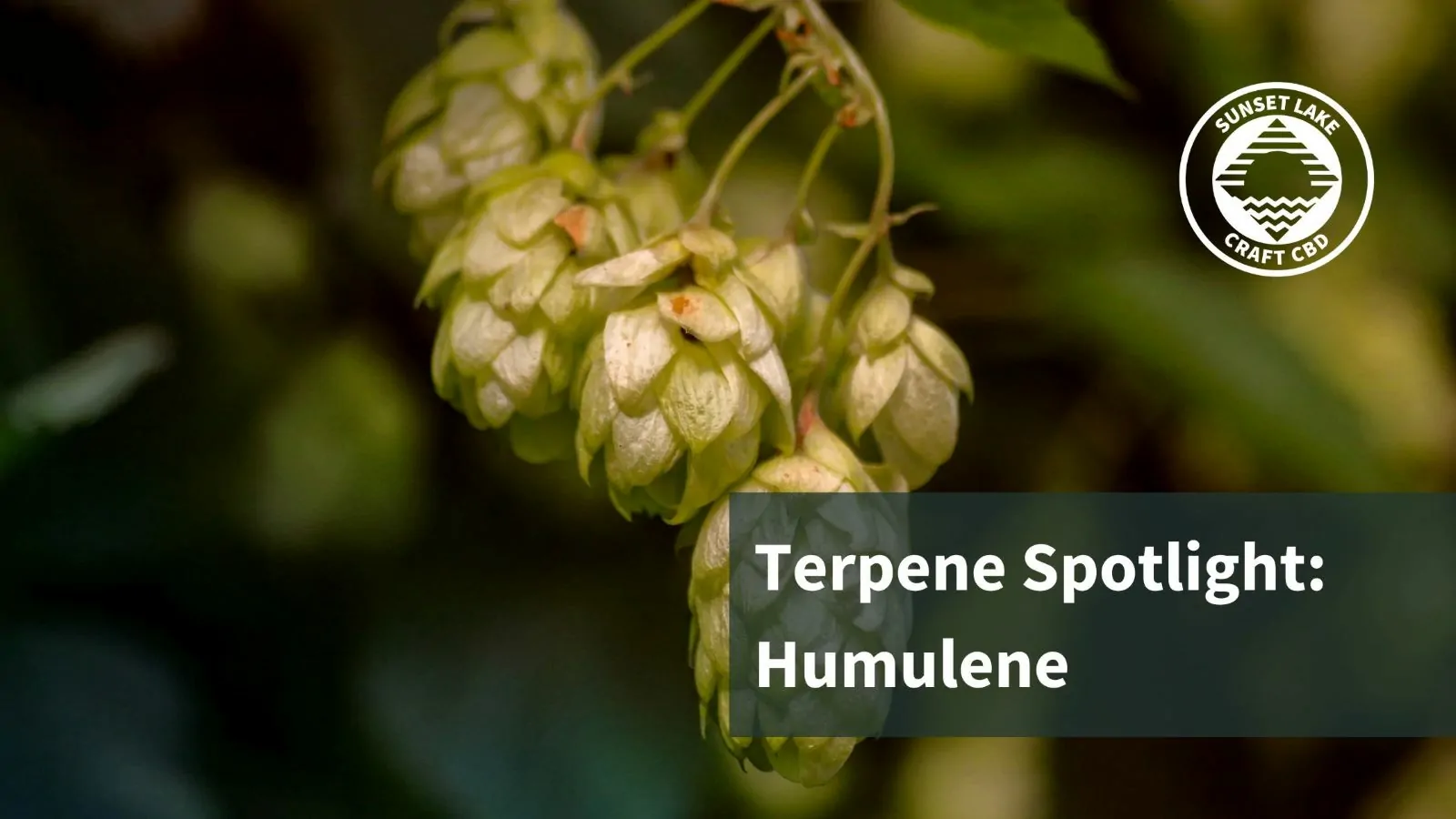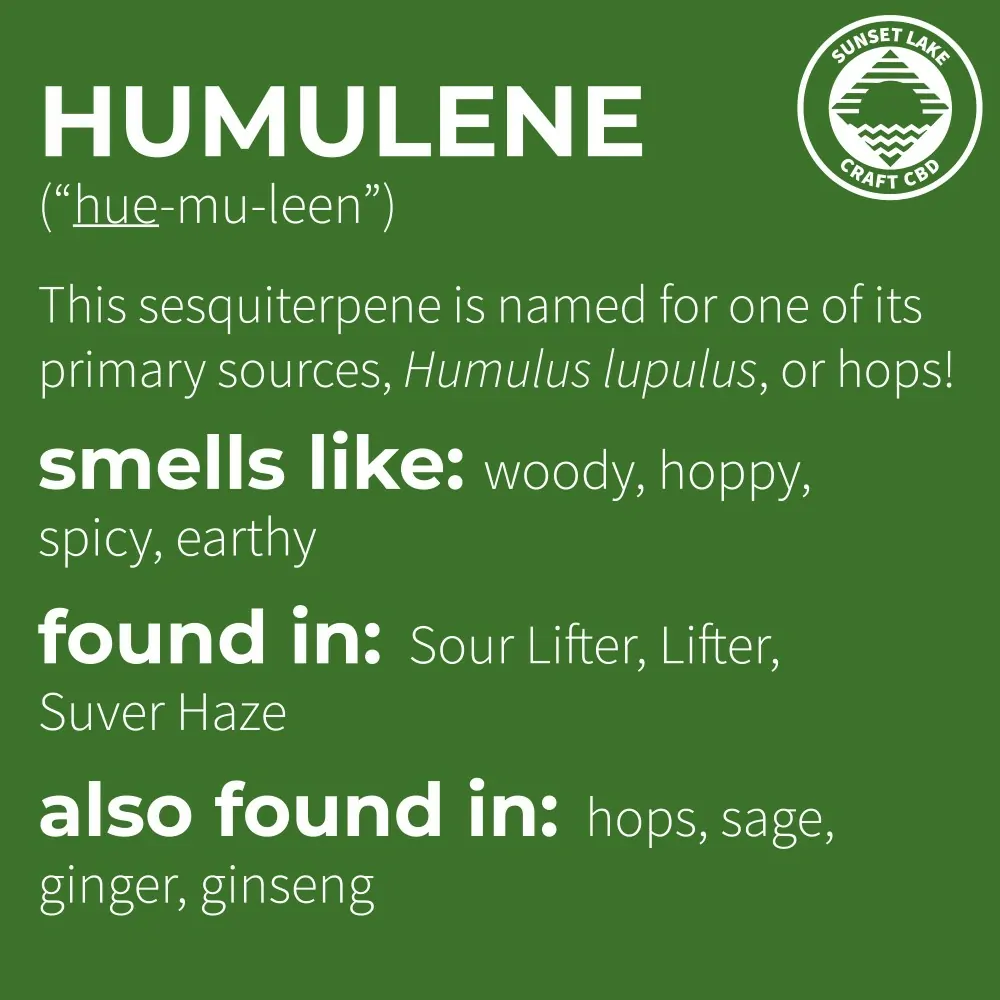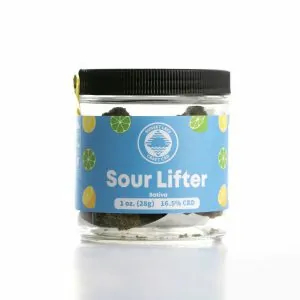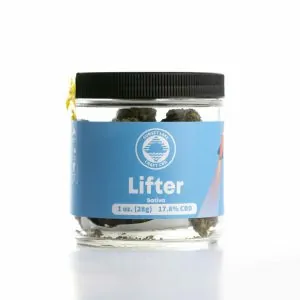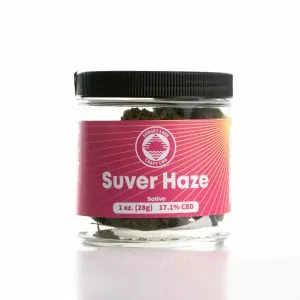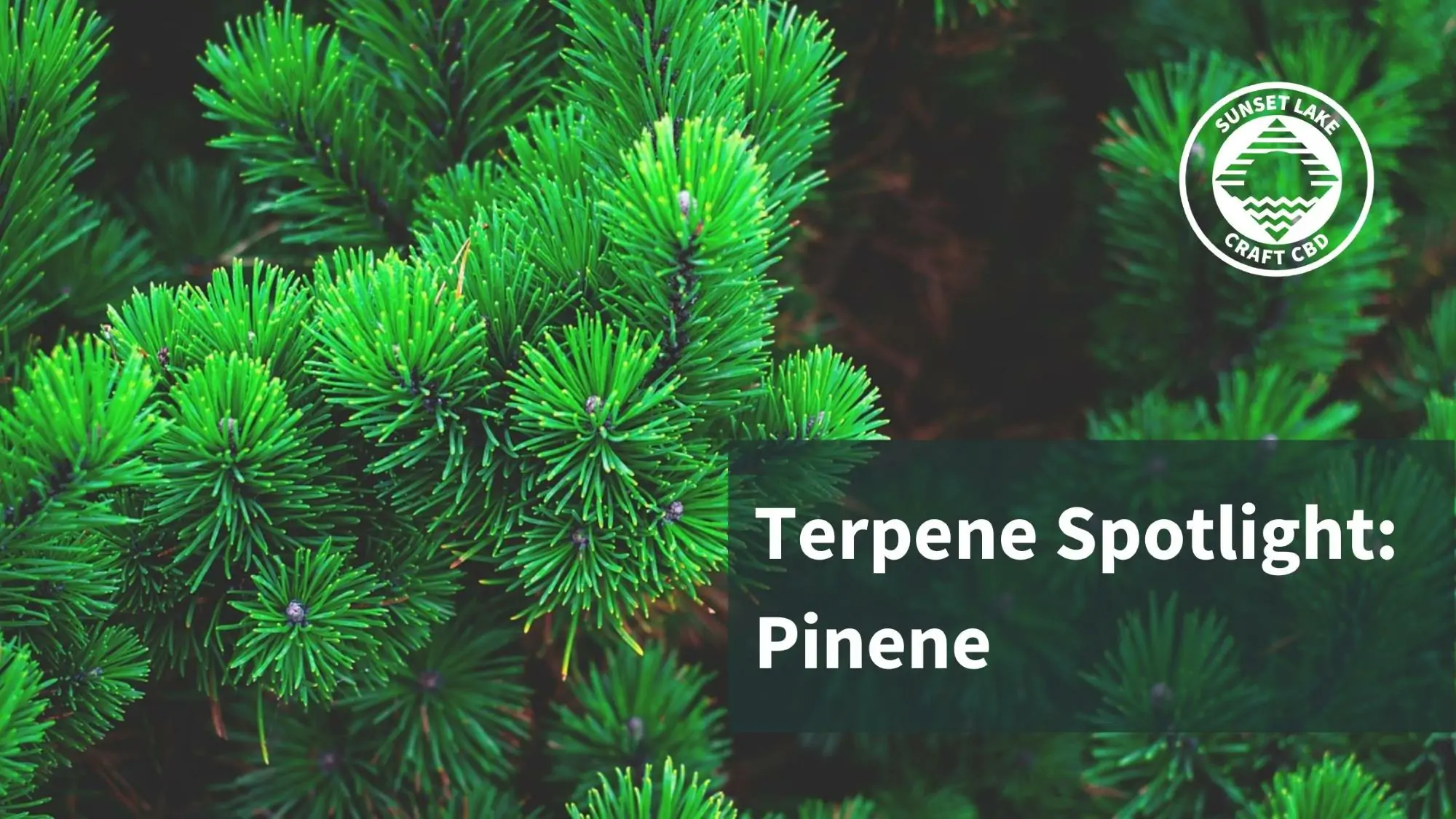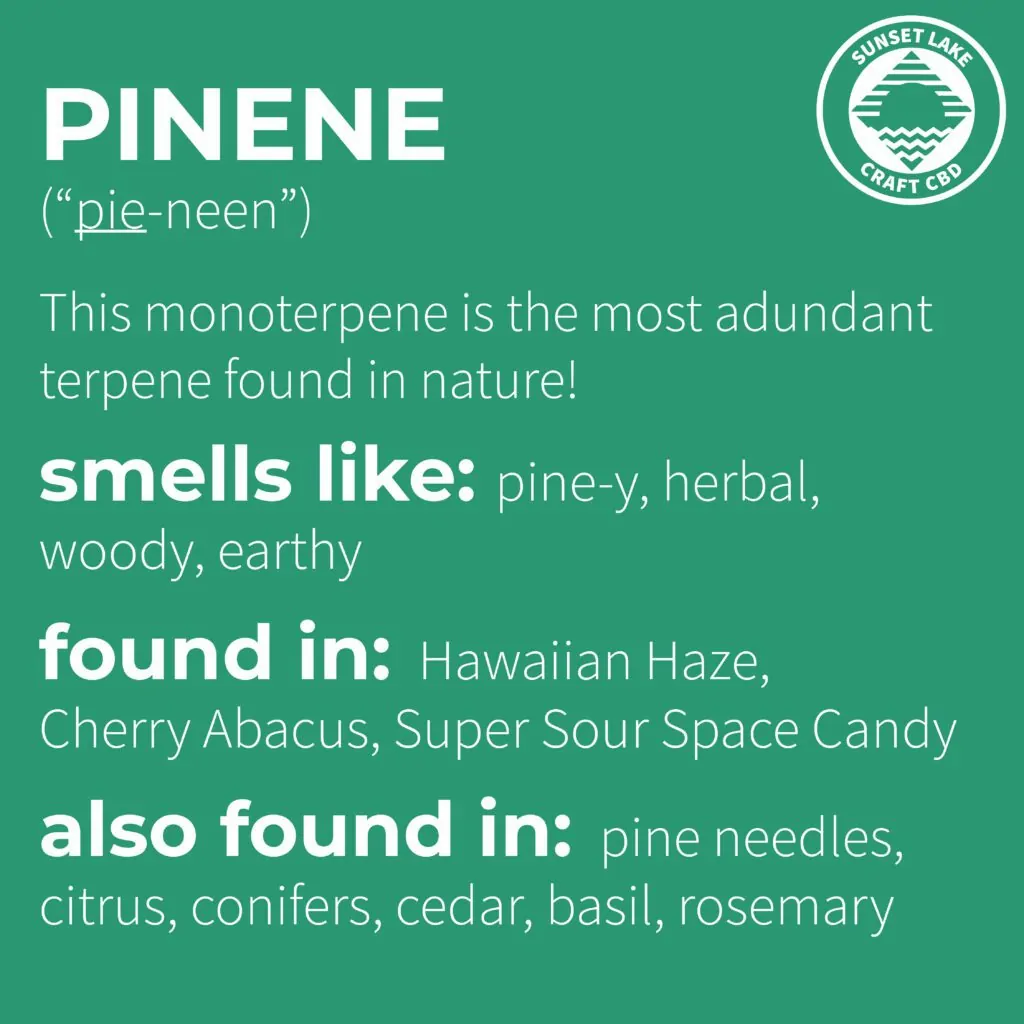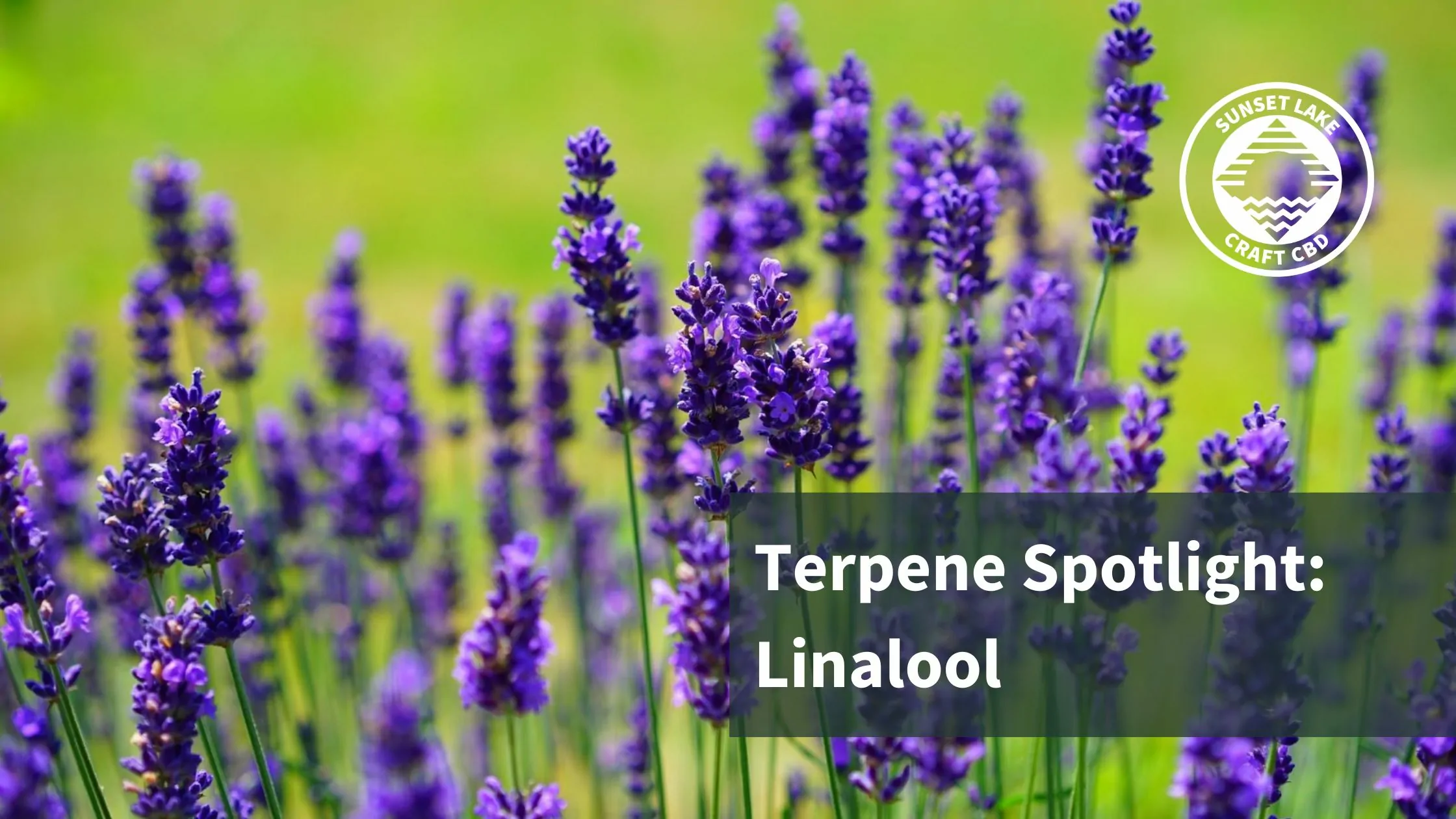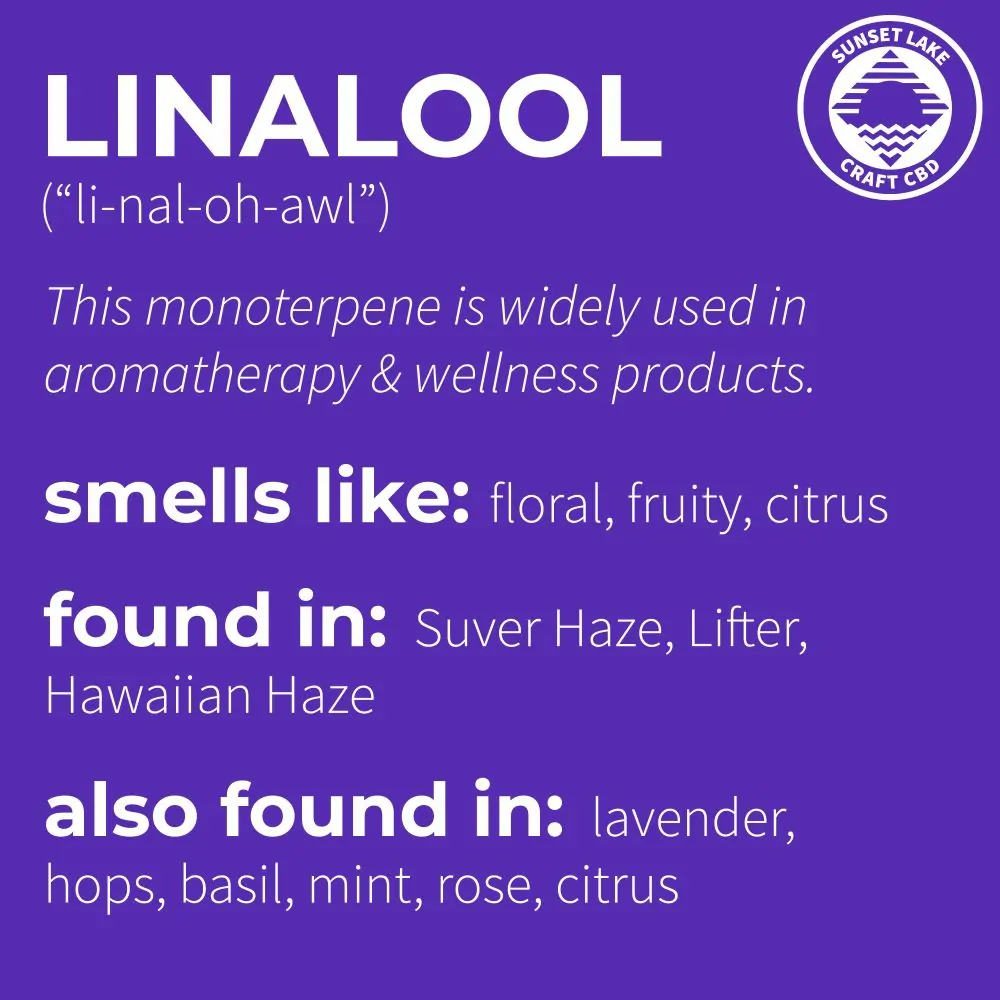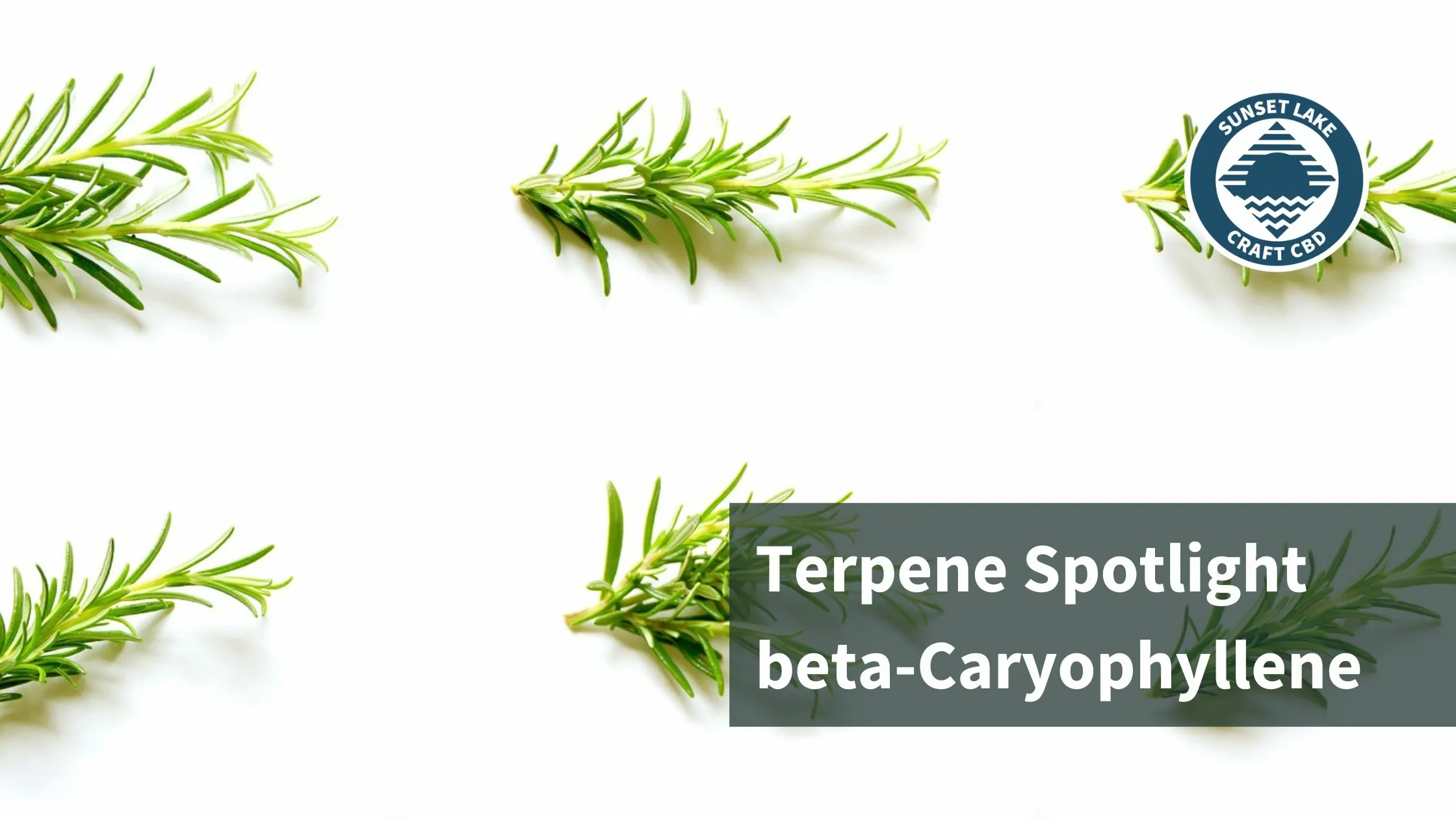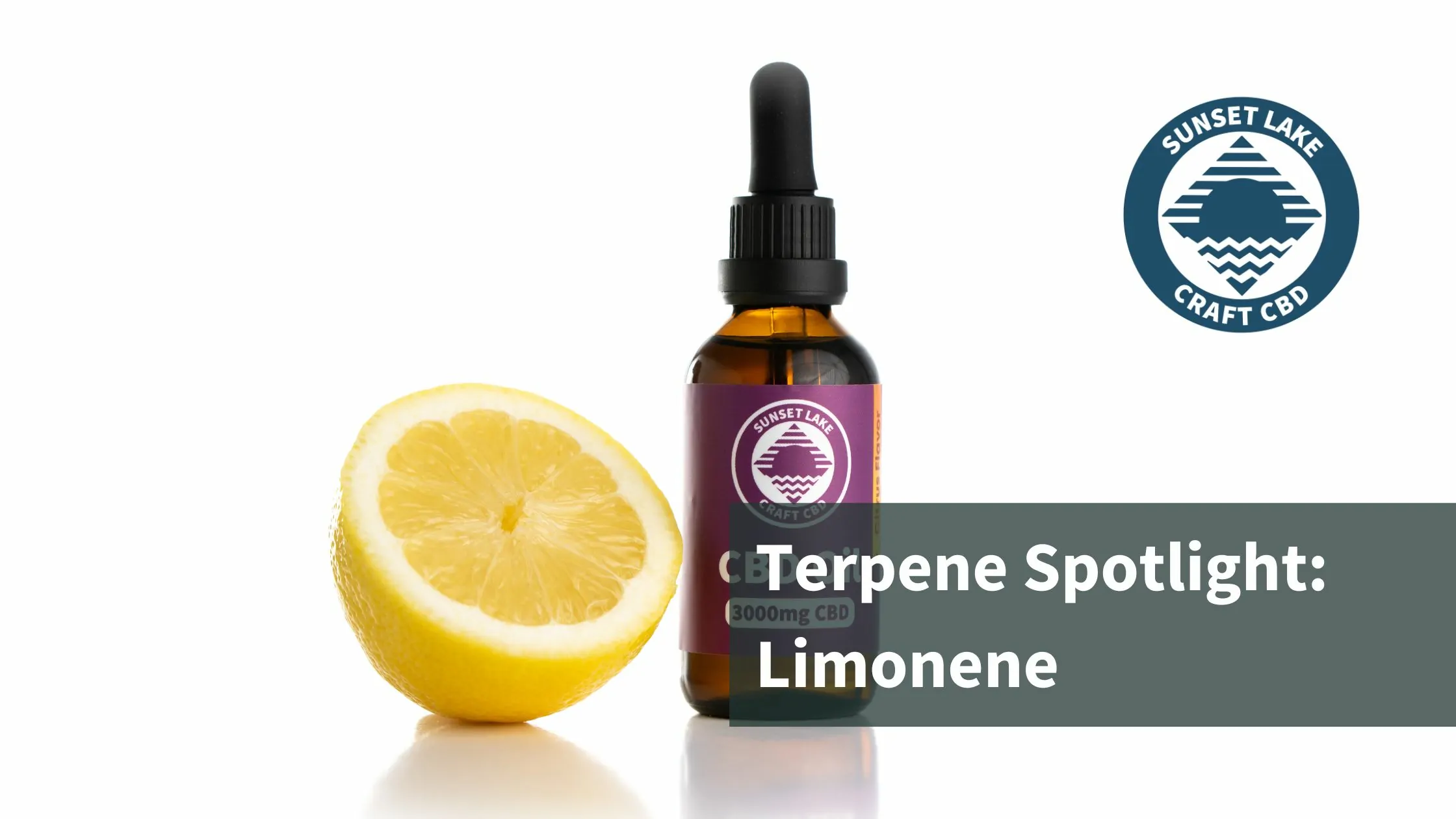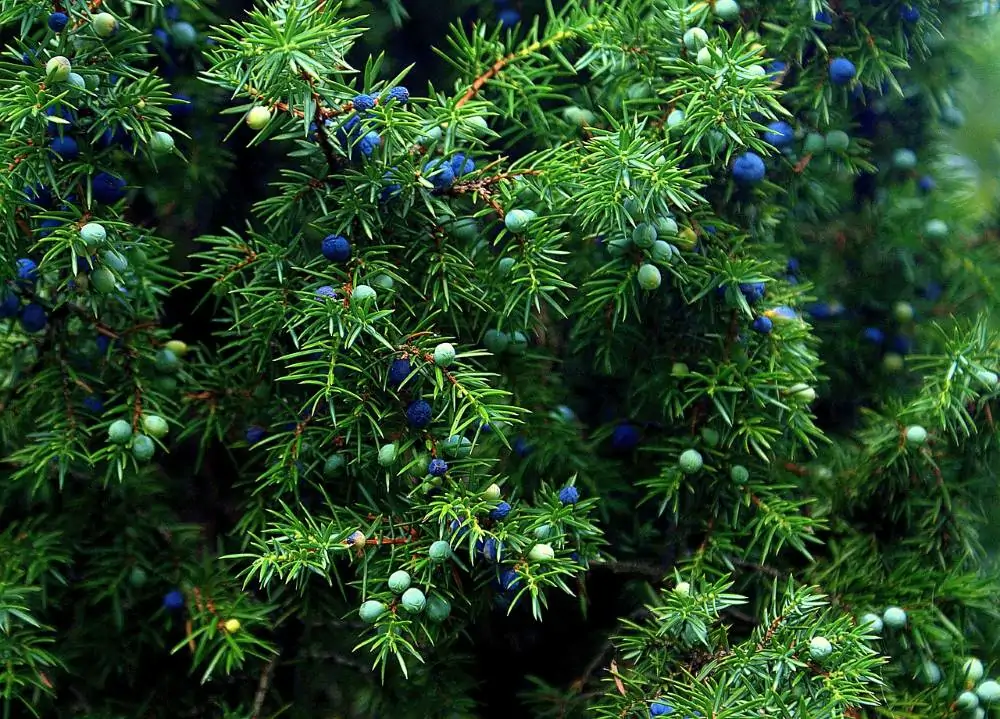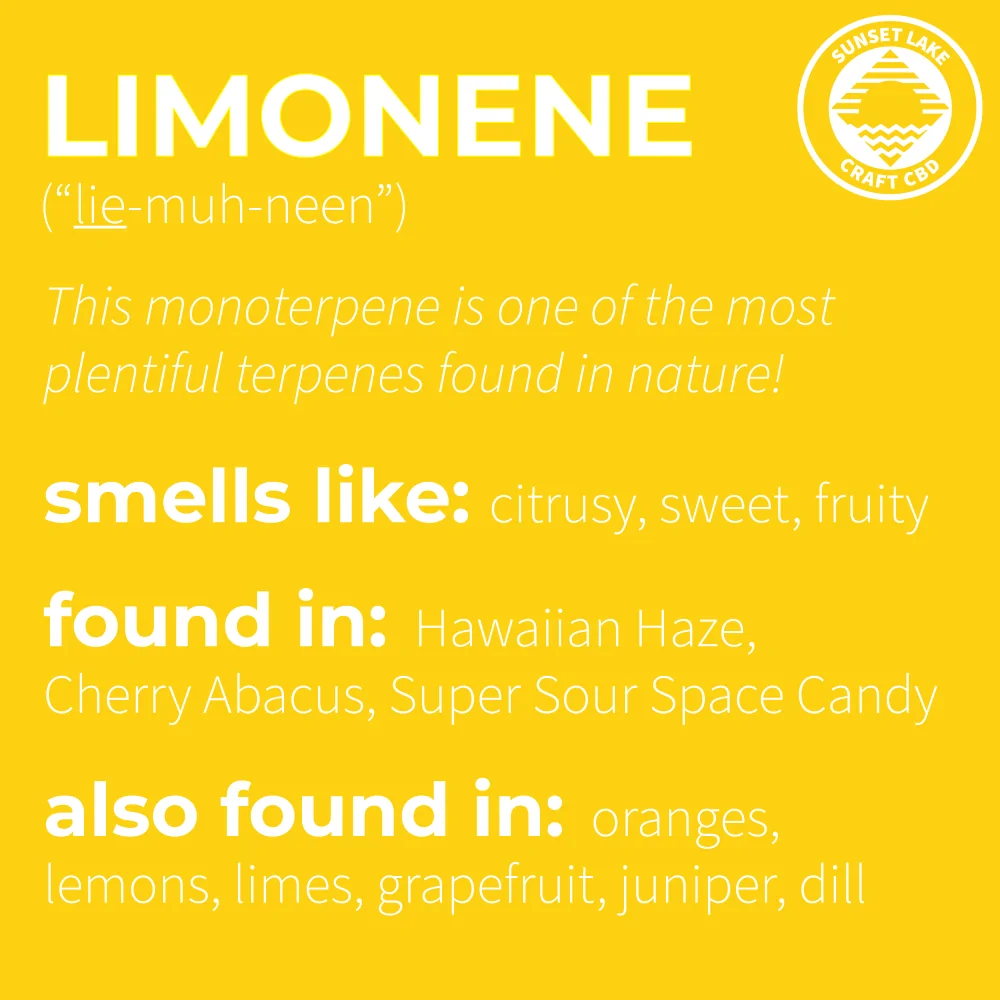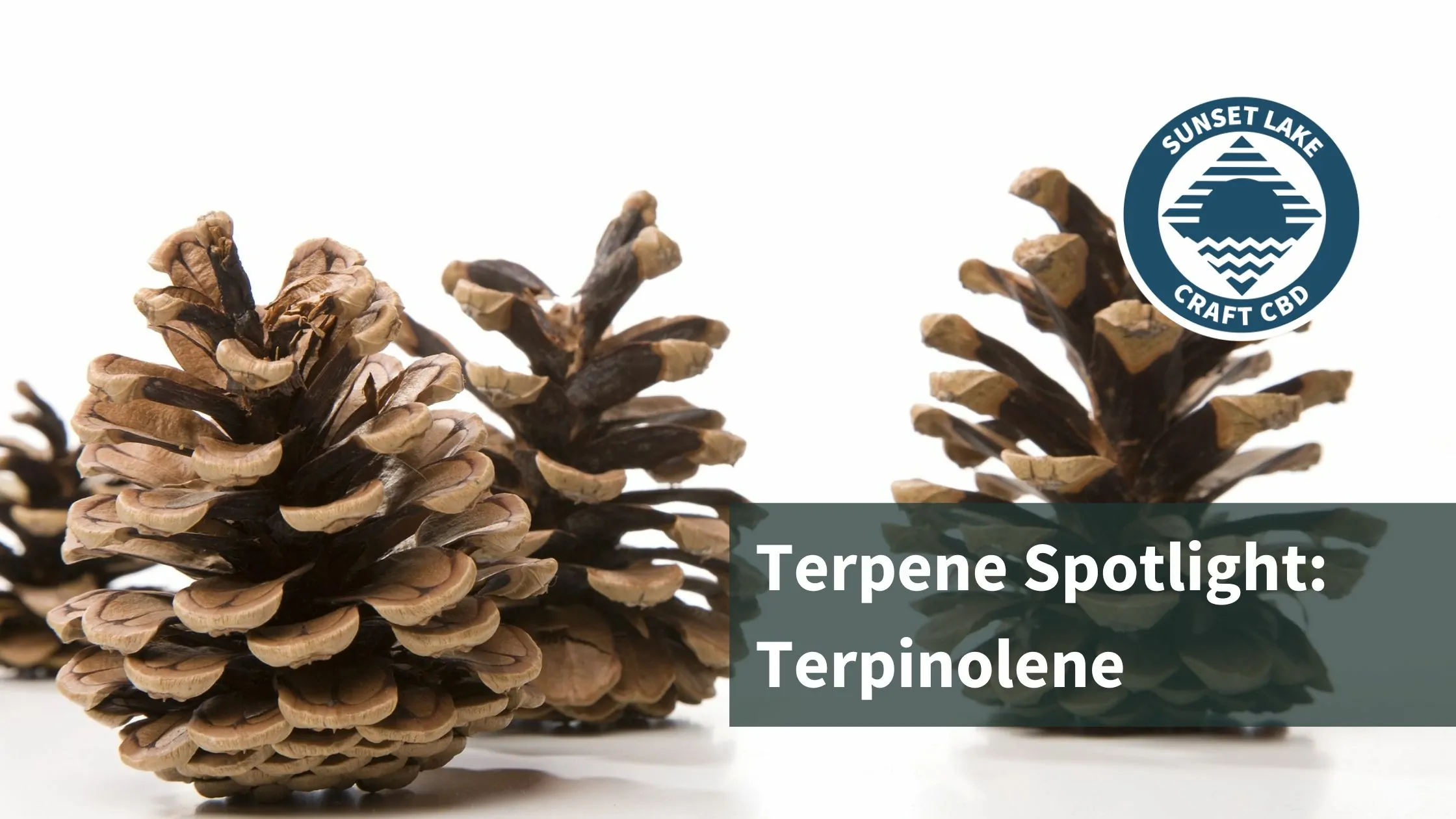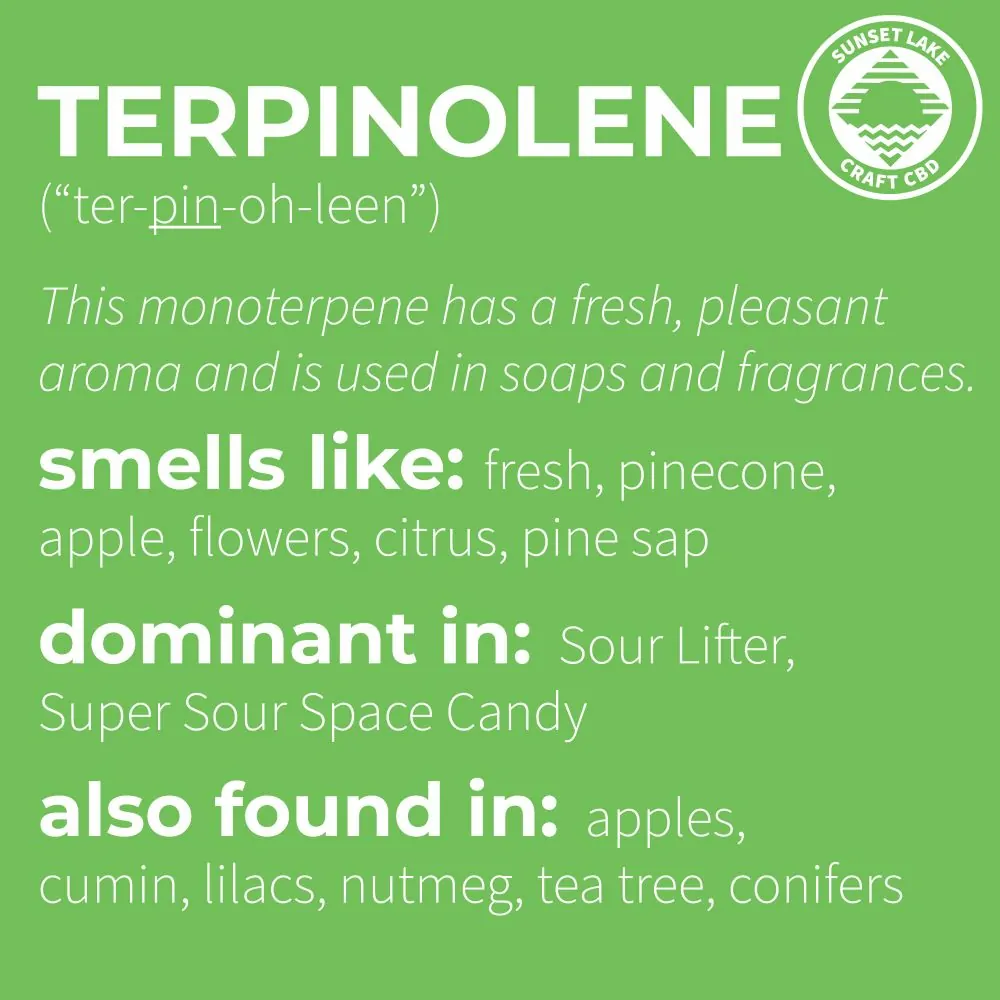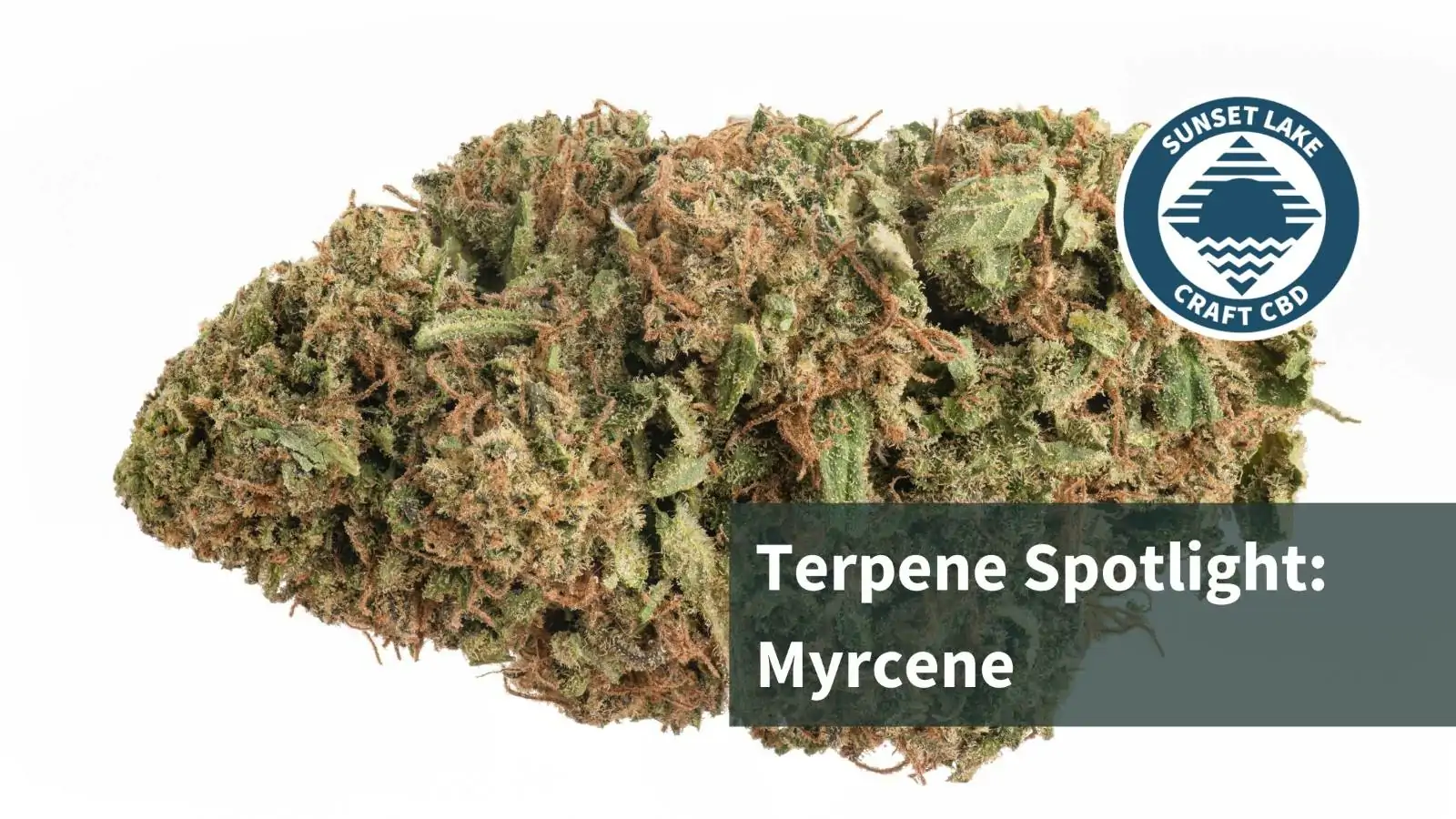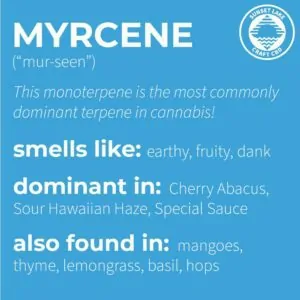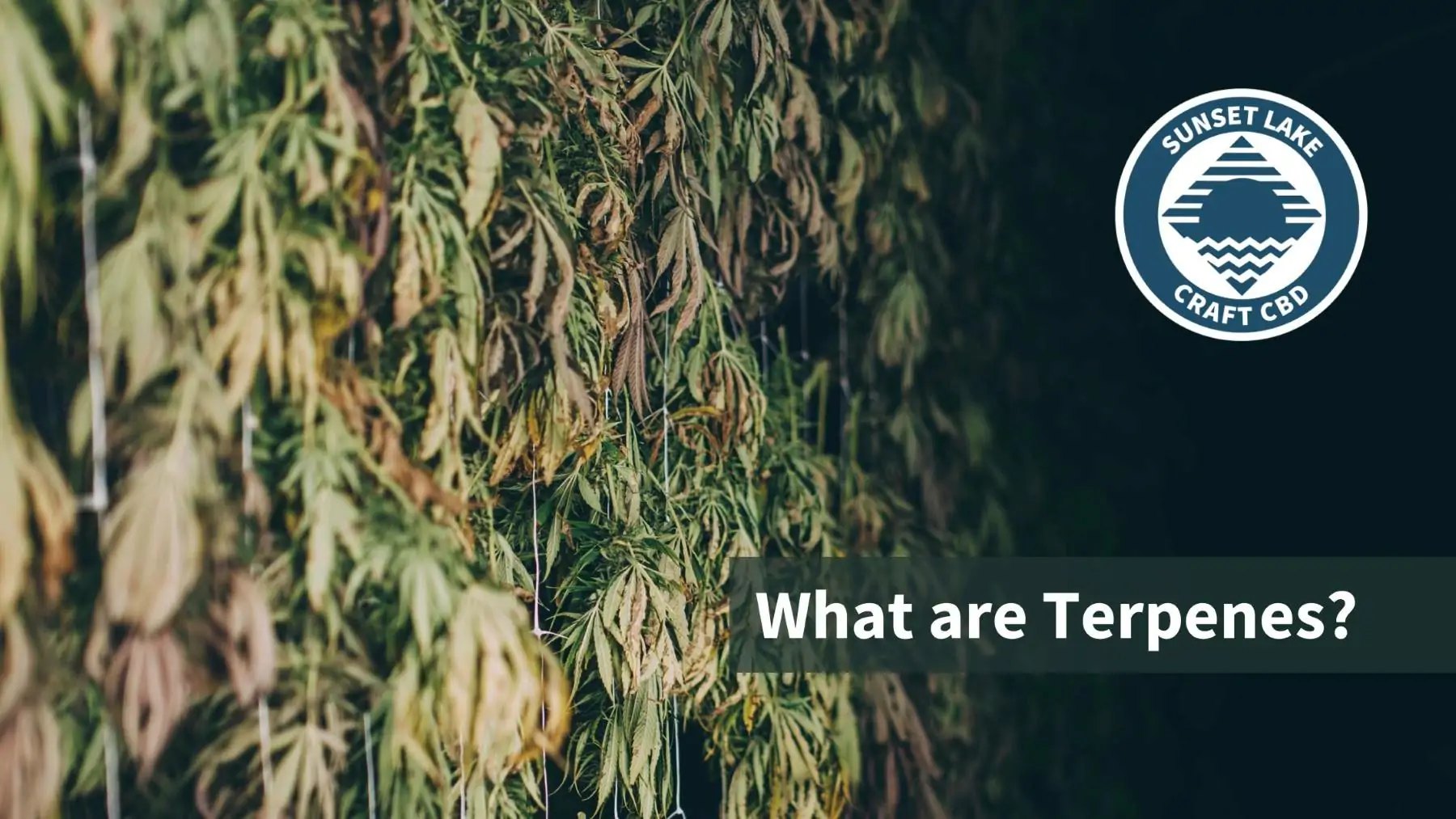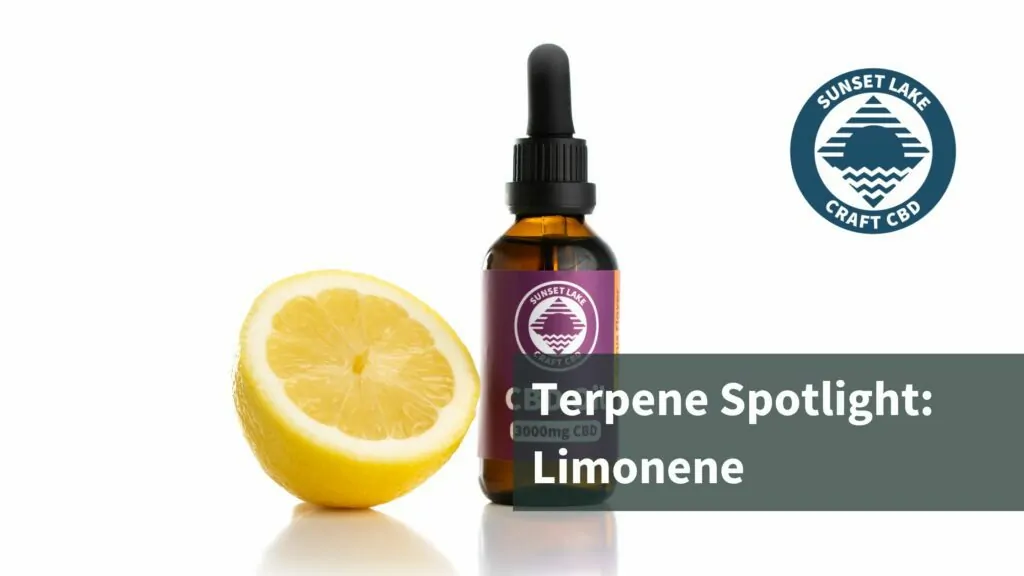Terpenes are garnering more attention recently, and for good reason. With the federal legalization of industrial hemp and the state-by-state legalization of THC cannabis, we’re learning that it’s not just the cannabinoids, THC and CBD, that we need to pay attention to. Terpenes, responsible for hemp’s pleasant aroma, also modulate user experiences. This post is dedicated to one such terpene called guaiol (pronounced g-why-ee-ol) and explores where you can find it in nature, what we currently use it for, and guaiol’s potential benefits.
What Are Terpenes?
Terpenes are a diverse group of organic compounds that contribute both to a plant’s aroma and its self-defense. In flowering hemp plants, terpenes deter deer and other herbivores by giving the flowers an overwhelmingly bitter taste.
The cosmetic and food industries love terpenes for their aroma and taste. If you open your medicine cabinet or fridge right now, you’ll likely find something containing terpenes. You’ve likely encountered terpenes in:
- Beer: Contains humulene, a terpene found in hops.
- Household Cleaners: Many contain pinene.
- Household Herbs: Basil contains ocimene.
Terpenes are not just confined to these common products. They are pervasive in our daily lives, contributing to the unique aromas and flavors of numerous plants and foods. For example, the refreshing scent of eucalyptus and the distinct flavor of cloves are both due to their rich terpene profiles. These compounds play a crucial role in the sensory experience of consuming these plants, enhancing their appeal and use in various industries.
What is Guaiol?
Guaiol is a sesquiterpene alcohol (meaning it’s made of three isoprene units) found in various plants and some animals. Guaiol’s distinctive aroma lends itself to several hemp strains as well as the guaiacum plant, where it was first isolated and subsequently named after.
Guaiacum has a long history of medicinal use, including helping with menstruation, soothing sore throats, and acting as a stimulant. Historically, the resin of the guaiacum tree was highly valued for its therapeutic properties and was used in traditional medicine to treat a variety of ailments. This historical use underlines the longstanding human fascination with and reliance on natural compounds for health benefits.
Fun fact: Scientists at CERN believe that sesquiterpenes, like guaiol, may play a major role in cloud formation!
The medicinal use of guaiol is not just a relic of the past. Modern research continues to uncover new and exciting applications for this versatile terpene. From its potential anti-inflammatory effects to its ability to combat harmful microbes, guaiol is proving to be a compound of significant interest in the scientific community.
What is Guaiol Used For?
Aside from its years of medical use via the guaiacum plant, the terpene guaiol can also be found in nutmeg, cumin, lilacs, and tea trees. Its unique scent—a mix of woodiness, pine, and rose—makes guaiol a highly sought-after terpene.
The scent profile of guaiol makes it a popular choice in the perfume industry, where its ability to blend with other aromatic compounds is highly valued. Its presence in essential oils also makes it a common ingredient in aromatherapy products, where it is used to create calming and soothing blends. Moreover, the use of guaiol in traditional medicine spans various cultures and time periods, highlighting its versatility and importance.
Guaiol’s Potential Benefits
As mentioned, guaiol has historically been used for its medicinal qualities. As we’ve been able to isolate and study each terpene, academics are publishing studies about guaiol’s applications.
Anti-Inflammatory Properties
In a 2010 study, both guaiol and beta-caryophyllene exhibited statistically significant anti-inflammatory effects. As this study was performed in vitro, the results warrant further study.
Anti-inflammatory properties are particularly important in the context of modern medicine, where inflammation is recognized as a contributing factor to many chronic diseases. The potential for guaiol to serve as a natural anti-inflammatory agent offers exciting possibilities for developing new treatments that harness the power of this terpene.
Antimicrobial & Anti-Parasitic Properties
A few studies published in the last two decades found that guaiol is effective in combating parasites and harmful bacteria. We should note that guaiol was just a part of the essential oils used in both studies and not isolated. Still, these results are interesting and could lead to new antimicrobial products using guaiol.
The ability of guaiol to combat harmful microorganisms makes it a valuable component in natural remedies and hygiene products. Its inclusion in essential oils that are used for their antimicrobial properties underscores its potential in contributing to overall health and wellness. As antibiotic resistance continues to be a significant global health issue, the search for effective natural antimicrobials like guaiol becomes increasingly important.
Anti-Tumor Properties
Perhaps one of the most interesting studies about guaiol was published in 2016 in the Journal Oncotarget. Researchers isolated guaiol and found that the terpene inhibits tumor cell growth and proliferation. These results are from studies carried out in vitro, but they are an exciting jumping-off point for further guaiol research.
The anti-tumor properties of guaiol represent a promising area of research, particularly in the field of oncology. The ability of guaiol to inhibit tumor cell growth could potentially lead to the development of new cancer treatments that leverage this natural compound. Further studies are needed to explore the mechanisms behind guaiol’s anti-tumor effects and to evaluate its efficacy in clinical settings.
Comparing Guaiol with Competitors’ Pages
When comparing our page on guaiol with those of competitors, it is clear that our content provides a comprehensive and detailed overview of the terpene’s properties, uses, and benefits. Competitors’ pages often focus on one or two aspects of guaiol, such as its aroma or its use in aromatherapy, but may lack the depth and breadth of information provided here.
Our page not only highlights the historical and modern uses of guaiol but also delves into recent scientific studies and potential health benefits. By providing a well-rounded perspective, we offer readers a thorough understanding of guaiol and its significance in various contexts. This approach sets us apart from competitors and positions our content as a valuable resource for anyone interested in learning more about this fascinating terpene.
Sunset Lake CBD Cultivars Featuring Guaiol
At Sunset Lake CBD, we pride ourselves on our approach to sungrown hemp. Not only do we think that producing hemp flowers outdoors is better for the environment, but some studies show that natural light increases terpene production in the flowers. This year we’ve got a handful of CBD hemp flower cultivars that prominently feature guaiol, including:
- Suver Haze: 0.06% guaiol
- Super Sour Space Candy: 0.13%
- Sour Suver Haze: 0.15%
- Sour Lifter: 0.06%
- Hawaiian Haze: 0.06%
- Cherry Abacus: 0.08%
- Candy Kush: 0.06%
These cultivars are carefully cultivated to maximize their terpene profiles, ensuring that each strain offers a unique and potent experience. By emphasizing the presence of guaiol in our products, we highlight the diverse and beneficial effects of this terpene, providing our customers with a high-quality, terpene-rich hemp flower.
FAQs
What is guaiol?
- Guaiol is a sesquiterpene alcohol found in various plants and some animals, known for its distinctive woody, pine, and rose scent.
What are the benefits of guaiol?
- Guaiol has shown potential anti-inflammatory, antimicrobial, anti-parasitic, and anti-tumor properties in various studies.
Which products commonly contain terpenes?
- Terpenes can be found in products like beer, household cleaners, and herbs such as basil.
How does guaiol affect the environment?
- Sesquiterpenes like guaiol may play a significant role in cloud formation, according to scientists at CERN.
Which Sunset Lake CBD cultivars contain guaiol?
- Sunset Lake CBD cultivars featuring guaiol include Suver Haze, Super Sour Space Candy, Sour Suver Haze, Sour Lifter, Hawaiian Haze, Cherry Abacus, and Candy Kush.

